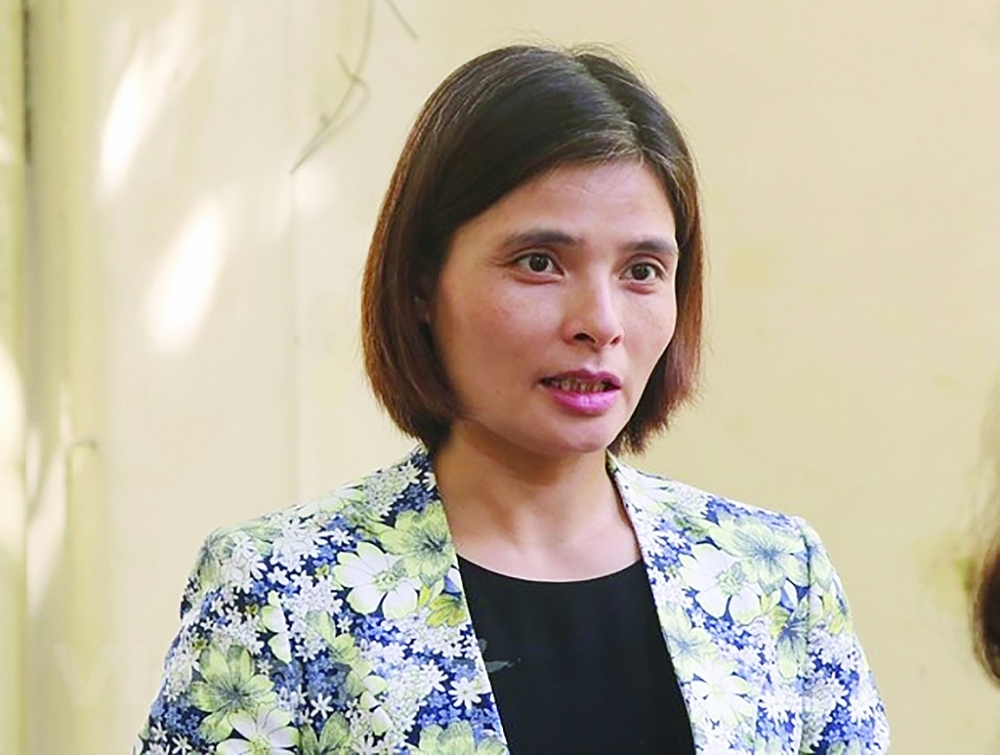VCN – The results of the implementation of administrative procedures through the National Single Window and specialized inspection have built motivation for enterprises to comply with the law, said Ms. Pham Minh Thao, Head of Business Environment Reform Department, Central Institute for Economic Management (CIEM).
 |
Ms. Pham Minh Thao |
Currently, what are the limitations and difficulties in the business satisfaction with the implementation of administrative procedures through the National Single Window and specialized inspection?
The Government has focused on reforming cross-border import and export activities for a long time. If we see this process from 2015 to now, it will show a different change.
However, it is divided into two phases. In the 2015-2019 period, the Government and specialized management ministries have made strong reforms that help better performance in specialized inspection, and many procedures have been effectively connected to the National Single Window. Enterprises have highly appreciated and felt satisfied with each ministry’s e-administrative procedures and reform in specialized inspection.
However, since 2020, the reform in specialized inspection has slowed down. This may result from the impact of the pandemic, market factors, and social context, which has attracted more attention of the ministries and sectors. In this context, the ministries and sectors need to strongly reform and change. However, the reform trend may be slower than the previous period.
The number of procedures of the ministries and sectors connected to the National Single Window sharply increase. In fact, the number of enterprises that can implement procedures smoothly is insignificant. Many importers and exporters are still confused about the implementation through the National Single Window or direct method.
However, we should recognize positive reform in many areas such as transportation or quality inspection that have been processed online, making it more convenient. It also shows the different interests of ministries and sectors. This is one of the obstacles in the reform. Another key point is that the Government has repeatedly requested ministries and sectors to cut the list of products subject to specialized inspection. From 2019, the number of items to be cut is insignificant. If the number of products is not reduced, businesses still have to carry out procedures.
Only the animal quarantine field sees some small changes in reducing the list of fishery products upon export production and processing, most of the remaining specialized inspection fields have not yet been changed.
Therefore, there are many spaces for change, if the list of items subject to specialized inspection is cut, it will be a great reform because the volume of transactions and shipments that have to go through specialized procedures will decline.
In your opinion, how should specialized inspection and management procedures continue to be improved to facilitate businesses in import and export activities?
In the current context, businesses are recovering and developing after a difficult period due to the pandemic, so the reform needs to be much more focused. The list of products subject to specialized inspection needs to be reviewed carefully. Currently, more than 60,000 items need to be checked to apply the specialized inspection or apply methods of the post-clearance audit, technical standards and regulations.
Regarding administrative procedures, currently, state management agencies always manage to ensure quality. If the procedures are cut, enterprises still ensure the quality of the goods, while the pressure on state management is greatly reduced.
For example, in the field of food safety inspection, procedures are reduced, the pressure on state management agencies also goes down, businesses have better compliance, and product quality is better. That model must be widely applied to specialized management and control areas.
Risk management is not only applied to pre-inspection, but also for post-clearance audits. Businesses with a good operating history need to reduce the frequency of inspections. If the enterprise shows suspicious signs, an inspection should be conducted. Risk management must be applied effectively for businesses to have better compliance with the law, reducing pressure on state management agencies.
By Ngoc Linh/Ngoc Loan
